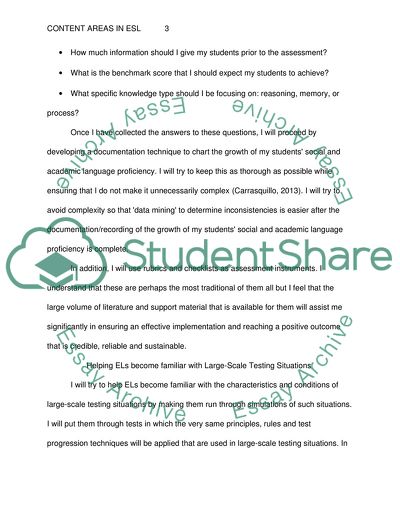Cite this document
(Assessment Plan for ESL/Bilingual Research Proposal, n.d.)
Assessment Plan for ESL/Bilingual Research Proposal. https://studentshare.org/education/1832634-assessment-plan-for-eslbilingual
Assessment Plan for ESL/Bilingual Research Proposal. https://studentshare.org/education/1832634-assessment-plan-for-eslbilingual
(Assessment Plan for ESL/Bilingual Research Proposal)
Assessment Plan for ESL/Bilingual Research Proposal. https://studentshare.org/education/1832634-assessment-plan-for-eslbilingual.
Assessment Plan for ESL/Bilingual Research Proposal. https://studentshare.org/education/1832634-assessment-plan-for-eslbilingual.
“Assessment Plan for ESL/Bilingual Research Proposal”. https://studentshare.org/education/1832634-assessment-plan-for-eslbilingual.


